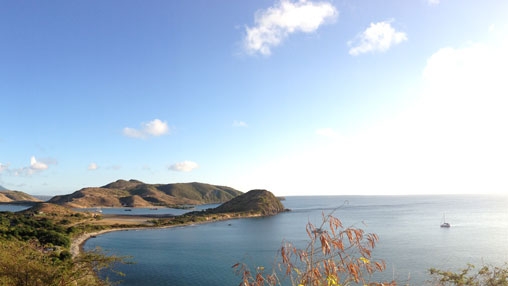Information is power. Sharing and using that information to reduce a country’s vulnerability to natural disasters can make the difference between life and death.
This is especially relevant for the Eastern Caribbean islands, which are highly prone to hurricanes, heavy rains, high winds, droughts, landslides and earthquakes, posing a serious threat to human life and the local economy.
In recent years, the volume of spatial data has grown exponentially - and now it includes topography, location of schools, health centers, infrastructure, and any record that can be associated with an address or geocode.
Even though spatial data is critical for building resilience to natural hazards, this information is often difficult to find and access and frequently incompatible across ministries or agencies. Spatial data helps to develop decision-making tools, such as land use maps, engineering designs, and flood risk analyses. That's why so many countries are seeking to improve their spatial data management.
Such is the case of Saint Lucia, which last year launched its first national data sharing and management platform called "Saint Lucia Integrated National GeoNode" (SLING).

